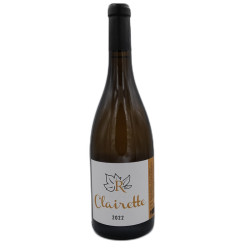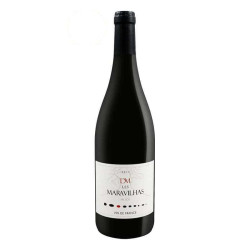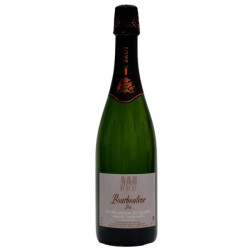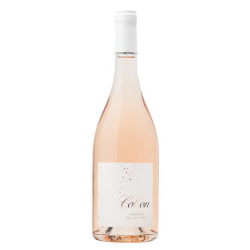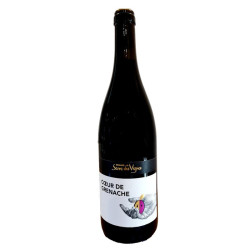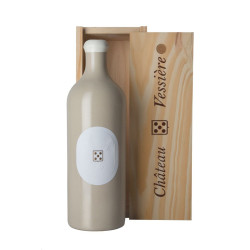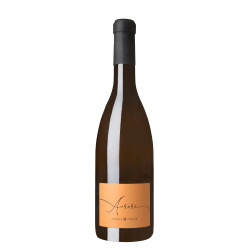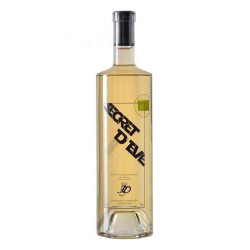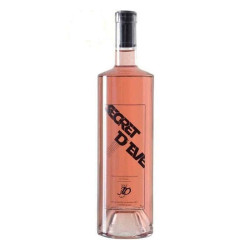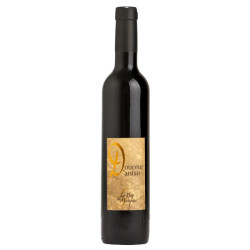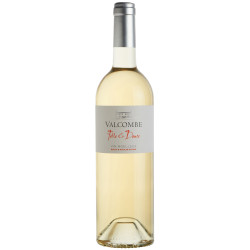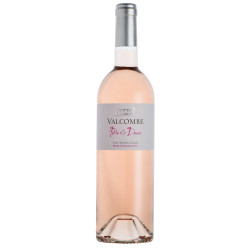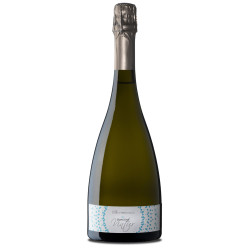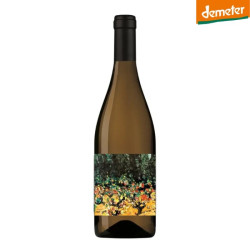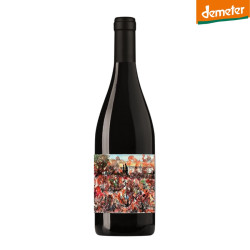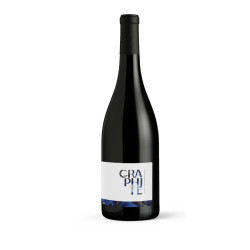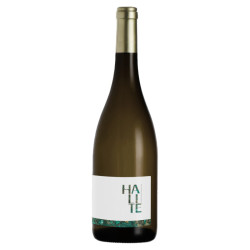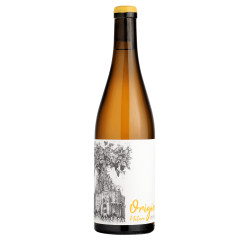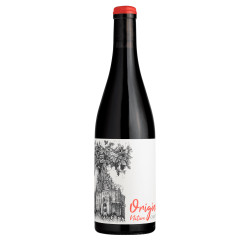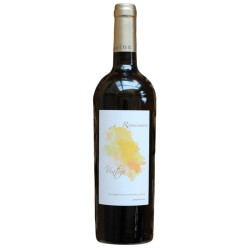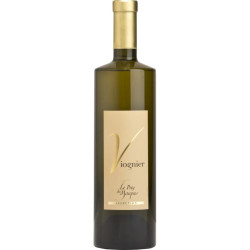Filtrer
History of the Vin de France Appellation
The "Vin de France" appellation represents a modern shift in the vast French wine world. Introduced in 2009, this classification offers unprecedented flexibility to French winemakers, allowing them to create innovative wines while preserving the heritage of quality that characterizes France, the country of wine par excellence.
Climate and Terroir of the Vin de France Appellation
Unlike traditional French appellations that are strictly regulated, wines labeled "Vin de France" benefit from geographical freedom. They can be produced from grapes grown anywhere in France. This flexibility encourages winemakers to experiment with new methods and combinations, giving rise to unique and daring creations that go beyond the beaten path of AOC (Appellation d'Origine Contrôlée) and IGP (Indication Géographique Protégée).
Vin de France Grape Varieties
The Vin de France appellation is synonymous with diversity. It welcomes all varieties of wine – red, white, rosé, and even sparkling – allowing winemakers to play with a wide range of grape varieties, whether indigenous or international. This freedom is reflected in the range of wines available under this label, each bearing the unique imprint of its creator.
Vin de France Style
Although Vin de France offers great flexibility, quality remains a key concern for most winemakers who wish to deviate from the appellation specifications. Vin de France wines must meet strict production and tasting criteria, ensuring that this freedom does not come at the expense of quality. Consumers looking for new things and eager to discover wines beyond the classic appellations find in Vin de France an invitation to explore. It is an open door to a new era of wine, where tradition meets innovation for the pleasure of the most curious palates.
The "Vin de France" appellation marks an exciting evolution in the French wine landscape, offering a new breath of fresh air that attracts more and more winegrowers, estates and tasters.


